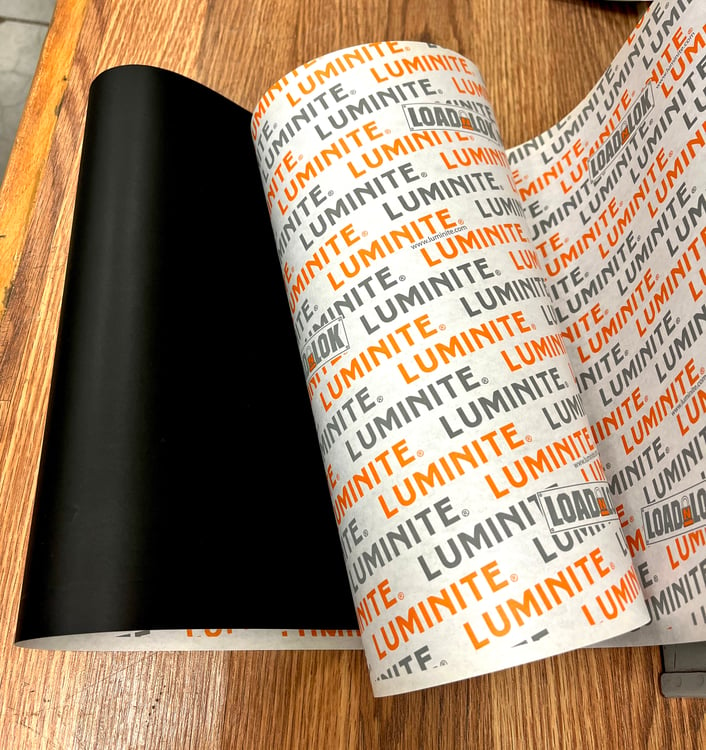Flexo Sleeve & Plate Storage
As with anything, in order to sustain our products for your usage, proper care and storage is needed. Below is a list of instructions to allow the best lifespan of our products.
Proper Care Instructions
Clean as soon as the sleeves/cylinders are removed from the press before the ink dries and hardens.
The material used in making your rubber-covered, laser-engraved sleeves/ cylinders has been chosen for your type of ink, substrate, and operating conditions.
We do not recommend the use of an air hose due to contaminants that may be present in the air lines.
Please contact your sales representative before cleaning if you have questions regarding a particular solution.
- Use a soft-bristled brush
- Use an ink solvent appropriate for your ink type or an approved nonvolatile wash-up solution
- Air dry only*
- Use a soft-bristled brush
- Use an ink solvent appropriate for your ink type or an approved nonvolatile wash-up solution
- Air dry only*
- Use a mild soap and water & a soft-bristled brush
- Isopropyl or industrial alcohol is suitable for most rubber types
- Rinse with water
- Air dry only*
- Use a soft-bristled brush
- Use an ink solvent appropriate for your ink type or an approved nonvolatile wash-up solution
- Air dry only*
Storage Recommendations
After cleaning and drying wait at least four (4) hours before storing
This is to ensure that all solvents or liquids have had a chance to evaporate before being sealed in, which could result in damage to the rubber
All sleeves/cylinders should be stored in ozone-resistant, black-backed Luminite protective paper as they are received.
**Please contact your customer service representative to order this wrap
- Sleeves to be stored in an upright position to prevent damage to the printing surface
- Nickel/Nickelok sleeves to stand on a cushioned surface to protect the ends from damage
- If the sleeve must be stored horizontally, place it on a cushioned surface
- The ideal storage area is where both the temperature and humidity are low (avoid freezing and temps above 90˚ F) and is away from any elements that generate ozone (electric motors, lights, etc)

